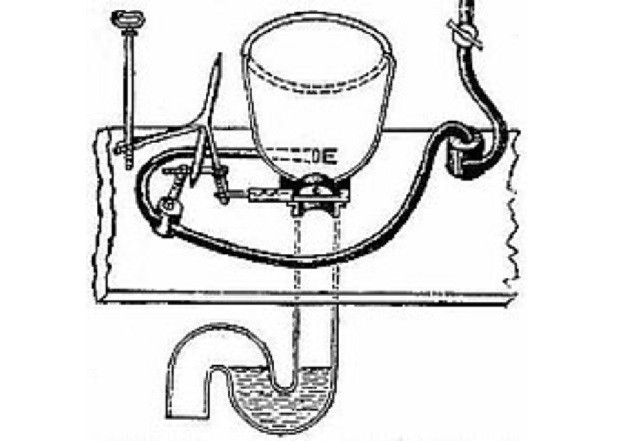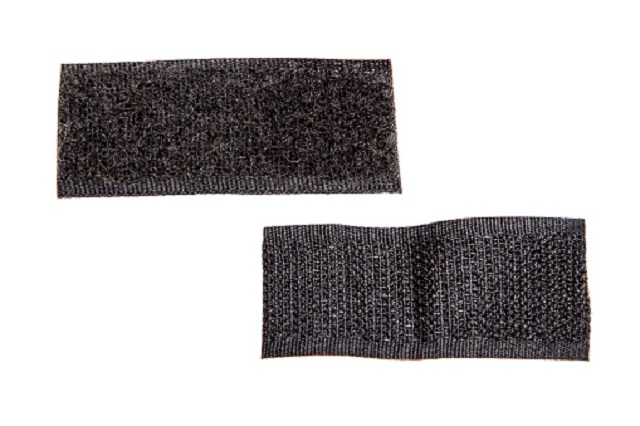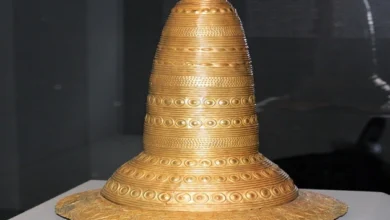Interesting short stories about inventions

We take modern technology for granted as if it has always existed. But, for example, 20 years ago, no one would have thought that everyone would have a laptop in their pocket, and people would be able to access the Internet without using wires. About 50 years ago, only science fiction writers and engineers described the very possibility of wireless communication using compact devices.
Each invention has an interesting history, and deeper into studying the topic; you can learn a lot about the usual things.
Some inspiring invention stories
Toilet
Toilets with a flush did not appear at all in the 19th and 20th centuries, before which people defecated only in holes in the floor, but much earlier. Historians believe that the first flush toilets appeared in the 16th century BC in Knossos, the main city of Crete, during the Minoan civilization. This technology was adopted first by the Greeks and then by the Roman civilization. It should be said right away that a flush toilet does not mean a bowl and a tank of water that we are used to, but just a bowl from which waste was discharged to another place using pipes.
Alas, with the fall of the Western Roman Empire, Europe for a long time forgot how to make toilets, and together began to defecate on the streets, which led to outbreaks of infectious diseases such as cholera and typhoid fever. At the same time, toilets have survived in the Middle East and East Asia.
A kind of Renaissance in toilet construction was the device proposed by John Harington, a poet, inventor, and courtier under the Queen of England Elizabeth I in the 16th century. In his treatise New Reasoning on an Old Topic, he described a flush toilet called a water closet. The toilet was not connected to a sewer; instead, it had a straight pipe that went into a cesspool. In general, an analog of a village toilet, but with great comfort. The disadvantage of the invention was that the gas from the decomposing waste could rise along a straight pipe, and in the future, there was a risk of suffocation or explosion if a fire was brought into the room.

The improved model appeared relatively recently, only in 1775, when the London watchmaker Alexander Cummings developed a hydraulic seal, an S-shaped pipe in the toilet bowl, which is still used today. This allowed to solve the problem of unpleasant odors from the sewage system and prevent gas from entering the room.
Do you think that creating a toilet is not the most interesting topic? You’re mistaken. The point is not even in comfort, but in general in the possibility of your birth. The fact is that, as we said earlier, in the past, people defecated where they had to, which contributed to the spread of diseases. But with the advent of toilets, the world has become safer. Mortality began to decline, epidemics appeared less and less frequently, since waste did not get into the water, economic growth began because people started to get sick less.
X-ray machine

At least once in his life, anyone had to undergo an X-ray, at least the same fluorography. But have you thought about how this invention even appeared? Let’s say right away that it was done by accident.
On November 8, 1895, the German physicist Wilhelm Conrad Roentgen sat late Friday evening at the University of Würzburg and continued to work when all his assistants had gone home. He was conducting an experiment with a cathode tube closed on all sides with dense black cardboard when he noticed that a paper screen with a layer of barium crystals lying next to him began to glow greenish. Roentgen, being a physicist, dismissed the supernatural and turned off the cathode tube. Then the glow stopped. He switched it on again, and the light reappeared.
He continued to experiment by placing objects between the tube and the screen. They gave shadows similar to the shape of these objects. Then he tried to carry out the same experiment with a piece of lead and was surprised to see not only metal but also the bones of his hands on the screen. In his experiments, he replaced the screen with a photographic plate, so an X-ray was produced.
Then Roentgen did not understand how seriously he would change science with his X-rays, as he originally called them. X-rays have made it possible to study materials better, revise or supplement physics, discover radioactivity, advance medicine, and create new disciplines.
Microwave

Many people have heard that microwaves are a military invention, but how this discovery was made remains a mystery. It is often said that initially, microwave radiation was a weapon and only later began to serve peaceful purposes, but this is not so.
It all started with the American engineer Percy Spencer, who worked for Raytheon, a manufacturer of military radar equipment. In 1945, when Spencer was experimenting with magnetrons, he discovered that the chocolate bar in his pocket had turned into a sticky mass. According to another version, the sandwich was heated, which Spencer put on the switched-on magnetron.
Quickly concluding, Spencer filed a patent for the oven in October of that year, and the world’s first microwave oven was released already in 1947 by Raytheon. True, it was originally intended for quick defrosting of food and was used first in soldiers’ canteens and military hospitals and then in restaurants and on airplanes. The first version, by the way, had a mass of 340 kilograms and a power of 3 kW, which, you must admit, is very far from the tiny laptop-sized devices sold today.
Velcro fastening

Along with buttons and zippers, Velcro is the most popular way to fasten clothes. Moreover, they are used in other things, for example, in backpacks. This invention made the fastening more comfortable and faster while not much inferior in reliability to buttons and zippers.
It all began with the fact that in 1941 the Swiss engineer Georges de Mestral came home from a walk with the dog and found that it was covered in burdock. Moreover, it was difficult to tear off the burdock. This seemed interesting to Georges, and he decided to examine the plant under a microscope, noticing that it had small hooks with which the heads of the burdock clung to the wool. Then he realized that if he can create a fabric that imitates burdock hooks, as well as another fabric, but with loops, then a reliable fixation method will be obtained, which, if necessary, will be easily opened.
Mestral received a patent for an invention only in 1955. The thing is that for a long time, he could not find a manufacturer to create the fabric he invented because many believed that this was simply impossible. At home, no one wanted to listen to him, and then he went to Lyon, which was then the center of weaving. According to sketches, they made a trial version for him, but it was ineffective since the cotton wore out quickly. Then Mestral replaced the material with nylon, and the choice of this new material at that time justified his hopes. Today these clasps are used by civilians and the military, on land, in space, and underwater.
Pizza box

We are already accustomed to the classic cardboard pizza box and do not consider it a breakthrough. But once before the first fast foods were faced with a difficult task – to deliver pizza safe and sound. The fact is that then pizza was delivered simply in paper bags or baking boxes. The containers were fragile, often crumpled from the intense heat of the pizza, and the dish itself continued to “cook,” and the dough became rubbery.
That was changed by Domino’s Pizza founder Tom Monaghan, who, while working with Triad Containers, invented the modern pizza box in the early 1960s. Unlike the common containers at the time, the new pizza box was made of corrugated cardboard, which made it stronger, and the dish was delivered intact. In addition, the pizza remained warm at the same time and did not overheat, as steam was released through special holes. And, importantly, these boxes could be stacked on top of each other, which reduced the cost of delivery and the price of the pizza itself.
But all these innovations were still not enough, since even with a new box, the top could sag and stick to the pizza toppings. This was until 1985 because it was then that Carmela Vitale came up with the so-called pizza saver – a plastic circle with three legs, similar to a small table. This device is placed in the center of the pizza and prevents the box’s lid from touching the filling.




